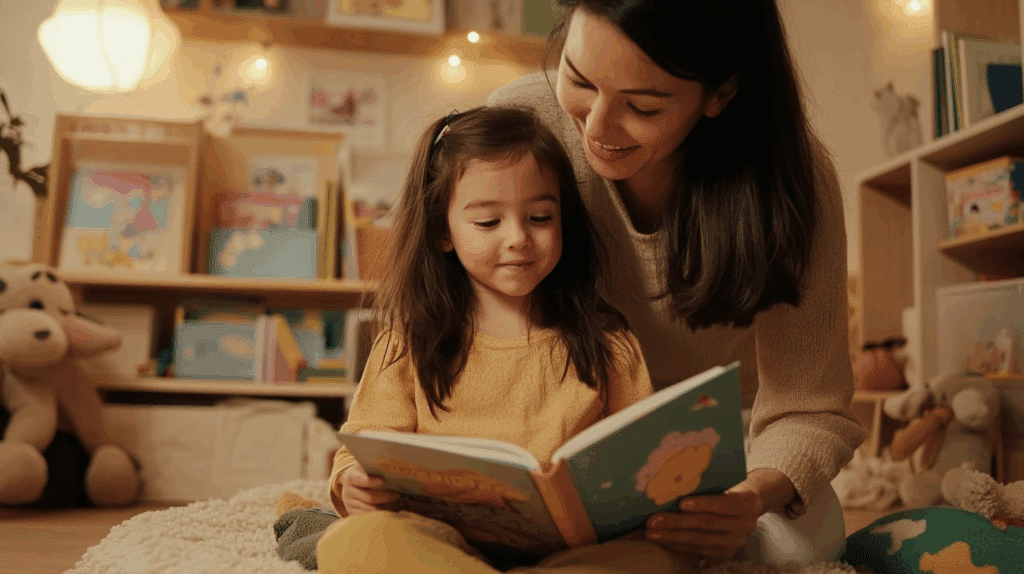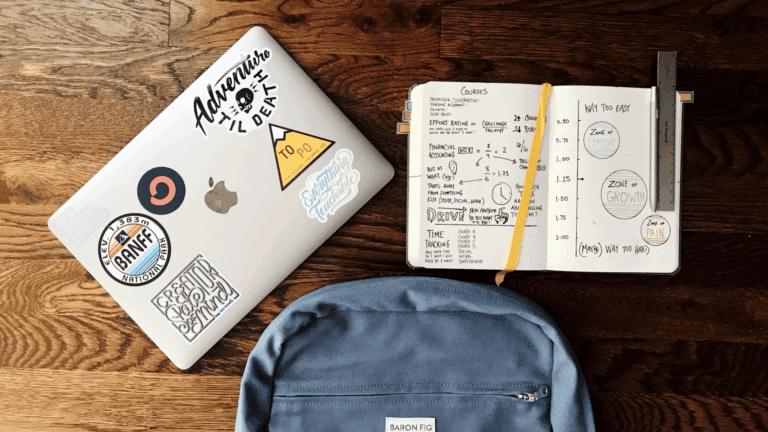Many parents and teachers struggle when children get stuck on certain letter combinations while learning to read. These tricky sound patterns often leave kids confused and frustrated.
Glued sounds can feel like a mystery that’s hard to solve.
This blog will explain to readers what glued sounds are. It includes simple explanations, practical glued sounds examples, and helpful tips that make teaching these sounds much easier.
What are Glued Sounds?
Glued sounds are groups of letters that stick together and make a blended sound, almost like they’re “glued” as you say them. Common glued sounds include -am, -an, -all, -ing, -ang, -ong, and -ung.
For example, in the word “sand,” the letters “a” and “n” blend together to make the “an” sound. In “song,” “o” and “ng” blend to make “ong.”
These sounds are important because they help you read and spell words more easily.
When you see a glued sounds examples, try to say the whole chunk smoothly instead of sounding out each letter separately.
Glued sound examples
Here are some glued sounds with examples to understand:
Glued Sound: -am
| ham | jam | clam | slam | spam |
|---|---|---|---|---|
| dam | ram | tram | yam | bam |
| scram | wham | flam |
Glued Sound: -an
| man | fan | can | plan | tan |
|---|---|---|---|---|
| van | ran | scan | span | clan |
| gran | pan |
Glued Sound: -all
| ball | call | tall | fall | mall |
|---|---|---|---|---|
| wall | hall | small | stall | install |
| recall | overall | football | rainfall |
Glued Sound: -ang
| sang | bang | rang | gang | hang |
|---|---|---|---|---|
| slang | fang | dang | tang | pang |
| clang | sprang |
Glued Sound: -ing
| sing | ring | king | wing | thing |
|---|---|---|---|---|
| bring | spring | sling | swing | string |
| ding | zing | sting | cling | fling |
Glued Sound: -ong
| song | long | gong | strong | wrong |
|---|---|---|---|---|
| belong | along |
Glued Sound: -ung
| lung | sung | rung | dung | hung |
|---|---|---|---|---|
| young | flung | strung | bung | sprung |
| slung | stung | swung |
Glued Sound: -ank
| bank | tank | blank | thank | rank |
|---|---|---|---|---|
| plank | crank | prank | flank | yank |
| stank | frank | swank | shank | clank |
Glued Sound: -ink
| sink | pink | wink | think | link |
|---|---|---|---|---|
| blink | stink | drink | shrink | ink |
| kink | rink | clink |
Glued Sound: -onk
| honk | monk | conk | flonk | bonk |
|---|---|---|---|---|
| tonk | plonk | crock | shonk |
Glued Sound: -unk
| junk | trunk | funk | sunk | drunk |
|---|---|---|---|---|
| chunk | skunk | clunk | stunk | plunk |
| dunk | spunk | flunk |
Effective Methods for Teaching Glued Sounds

Teaching glued sounds examples effectively involves a mix of visual, auditory, and kinesthetic strategies that help students recognize and decode these tricky letter chunks.
Using engaging tools and clear routines makes learning glued sounds easier and more memorable for young readers.
1. Introducing Glued Sounds with Sound Cards and Visuals
Use sound cards paired with pictures to introduce glued sounds. Show the card, say the sound and a keyword (e.g., “ang” as in “fang”), then have students repeat.
This visual and auditory cue helps students associate the glued sound with a familiar word and sound, building strong phonics connections.
2. “My Turn, Your Turn” Repetition Strategy
Model saying the glued sound and a word containing it, then have students repeat after you. This call-and-response technique encourages active participation and reinforces correct pronunciation.
Repeating the sounds and words together warms up students’ reading muscles and builds confidence.
3. Using Magnetic Letters and Manipulatives for Word Building
Provide students with magnetic letters or letter tiles to build glued sound words. As they assemble the words, encourage them to say each sound and then blend the glued chunks together.
This hands-on activity supports multisensory learning and deepens understanding of how glued sounds form words.
4. Tapping and Segmenting Strategies for Decoding
Teach students to tap out sounds in glued sound words, treating glued chunks as a single unit.
For example, in “fang,” tap once for /f/ and then tap three fingers together for the glued sound /ang/. This tactile method helps students break down and blend sounds effectively during reading.
5. Marking or Boxing Glued Sounds in Text for Recognition
Before reading, have students scan a text to find glued sounds and draw boxes around them. This visual marking highlights the glued chunks, reminding students they should be read as one sound unit.
It supports decoding fluency and helps students focus on these important phonics patterns within connected text.
Lesson Plan for Teaching Glued Sounds
Here is a simple lesson plan that you can follow to teach glued sounds:
| Section | Activity Summary |
|---|---|
| Objective | Find glued sounds through exploration and creative word work. |
| Introduction | Show mixed word cards; students identify patterns, such as chunks that stick together. |
| Group Exploration | Small groups sort word cards by glued sounds (-am, -an, -ing, etc.) and explain. |
| Word Book Creation | Each student picks a glued sound, lists words, draws them, and adds to a class book. |
| Interactive Game | Match picture cards with glued sound endings on the board and discuss matches. |
| Reflection | Share one new glued sound word and use it in a sentence. |
| Extension Activity | Home Scavenger Hunt: Find glued sound words in books at home and share them in class. |
To Conclude
Glued sounds might seem small, but they make a big difference in how children learn to read.
These letter combinations are and why they stick together. You also have practical teaching methods and fun activities that really work with kindergartners.
Pick one or two activities from this guide and try them with your students this week. Start small and keep it fun. Watch how quickly kids begin to recognize these patterns in their favorite books.
Remember, every small step in reading builds confidence. Help the children in your life take that next step with glued sounds today.


















